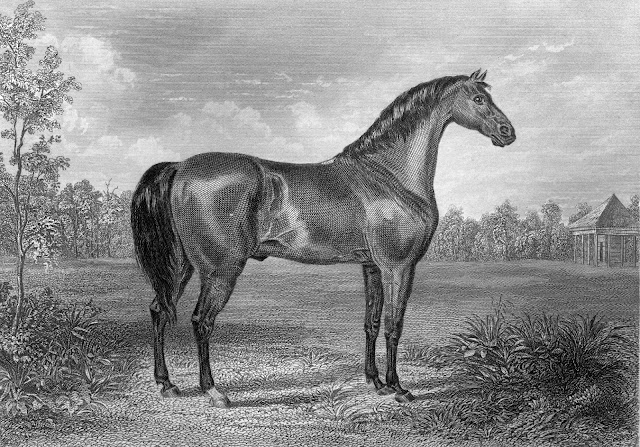Table of Contents: Case of the Ingenious A
"Dr. T-" Examined
and the Case of the "Ingenious A"
"Saturday, Feby 1st a fine day. The ground covered with the deepest snow we have ever seen here (in 5 yrs.) - river frozen over. Dr. T- engaged in drawing at his plan for a House to build one day or another on Sq. 171."
Or Why William Thornton Didn't Design the Octagon House and Isn't the "First Architect of the Capitol"
By Bob Arnebeck
author of Through a Fiery Trial: Building Washington 1790-1800 and Slave Labor in Capitol: Building Washington's Iconic Federal Landmarks
Chapter One: A Tale of Two Properties (1755 to 1786) Lancaster, Tortola and a Scientific Education - The roots of Thornton's wealth, his Quaker education, medical degree and mentors
Chapter Two: Going to Africa Via Boston (1786-1790) - His reaction to his Tortola slave plantation and his secret plan to take America's blacks to Africa; a philosophical career in Philadelphia with Fitch's steamboat, a two day study of architecture, marriage and back to Tortola
Chapter Three: "“give beauty & granduer to the pile” (1777 to 1792) - An interlude tracing the conception and planning of the City of Washington with a focus on L'Enfant whose fall allowed Thornton to rise with help from friends
Chapter Four: Design by Committee (1793) Architect Stephen Hallet find flaws in Thornton's design and a committee chaired by Jefferson accepts his changes but saves Thornton's reputation and his own.
Chapter Five: Hallet Dismissed/Thornton Appointed (1794) - after
laying out the foundation Hallet loses his job and the president makes
Thornton one of three commissioners in charge of building the Capitol.
Chapter Six: Walls Fall Down (1795-6) - Thornton fails to win the president's confidence; the Capitol's foundation walls collapse; George Hadfield, an architect sent from England, criticizes the Capitol design.
Chapter Seven: Thornton v. Hadfield (1795-1797) and Lovering designs the Twenty Buildings
Chapter Eight: - Tayloe Wins a Race (1797)
and buys a building lot; Thornton buys lots nearby, but seems more interested in grander things than designing and building houses.
Chapter Nine: The "Ingenious A" (1798): Lovering designs Law's largest house and Tayloe's Octagon. General Washington designs two houses. Thornton fails to get his colleagues to attest that he had restored his Capitol design.
Chapter Ten: Rivaling Tayloe (1798-1803): Mrs. Thornton doesn't prove that Thornton designed Thomas Law's, the General's or Tayloe's house. Dr. T designs a stables, a boarding house, a mansion with ovals to rival Tayloe's and touts his horse that Tayloe almost ruined.
Chapter Eleven: On those Healthy Hills Near Panama (1802-1828) Latrobe designs and builds the South Wing, and sues Thornton for libel; Thornton runs the Patent Office for his greater glory; He fights Robert Fulton but not the invading British. He lobbies for South American revolutionaries and remembers Dr. Dodd
Sources: I provide links to those available on-line
Illustrations: I will provide links to those available on-line
Acknowledgements: Mandy Katz reminded me that the 1790s is a living presence in the city. The late Don Hawkins continues to be an inspiration. His work on the Capitol design is seminal in correcting the current misconceptions. While by no means smitten by the bricks and stones of the old federal city, in his Morris's Folly, Ryan Smith shared his love of several of the characters who shaped it. He also read an early draft of this effort and opined that it was worth it. The Mount Vernon library's curator Dana Stefanelli, with his enlightened policy of putting requested documents on-line immediately, shared a clue that cracked the case of the Ingenious A. Although he comes in for much criticism in this book, we are all indebted to C. M. Harris for his transcribing the Papers of William Thornton. Finally, Seth Barrett Tillman, who, by example, taught me to drive the nails into a coffin lest mourners try to breath new life into narratives better left for dead.














Comments
Post a Comment